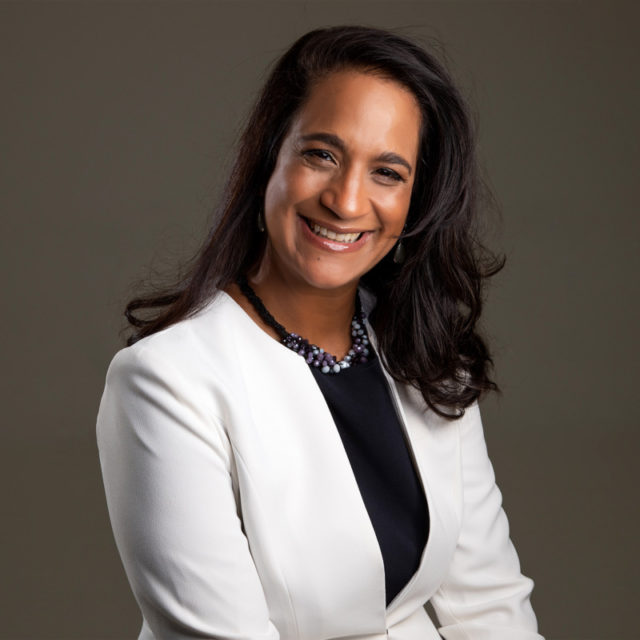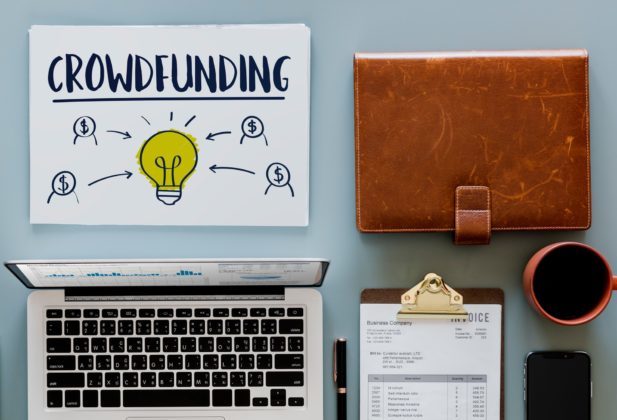How Women Can Become Crowdfunding Innovators

When I launched Music Beats Cancer, the first charitable crowdfunding platform for biotech innovation, in 2014, crowdfunding wasn’t commonplace. Kickstarter had then been around for seven years but was not entirely mainstream as it catered mainly to the “creative” community. My fledgling nonprofit took a lot of heat because it was unprecedented to fund entrepreneurial biotechs through charitable donations, let alone through a crowdfunding model. However, with the success of platforms like AirB&B and Uber, peer-to-peer models gradually became more accepted.
Launching Music Beats Cancer taught me a lot. The experience has made me a true believer in the power of people to make change. It has also strengthened my resolve to support women at the forefront of innovation. Women are natural leaders. Teaching, networking, and being agile to change are soft skills that often come naturally to women. So too, the art of crowdfunding requires these to be successful.
Here are six specific lessons about crowdfunding and innovation I’ve learned along my journey:
Your Vision Can Change
For as long as I can remember, I’ve yearned to solve problems that affect women’s health. And no problem is as challenging as cancer. I founded Foligo Therapeutics, Inc. in 2005 to develop a potential treatment for ovarian cancer, one of the deadliest cancers for women worldwide. Foligo Therapeutics eventually folded due to my inability to raise the funding we needed. In the biotech industry, this circumstance is called the “Valley of Death,” a metaphorical place where great ideas go to die because they lack the funding needed to develop them into real medical innovations for patients.
Typically, our government funds scientific research through grants and charitable support of cancer nonprofits that have raised funds through wealthy donors using the rhetoric “research for the cure.” However, for early-stage biotechs, these funding venues are not accessible. Instead, leaders of biotech startups spend much of their time pitching to institutional/private investors to invest in their life-saving technologies. Unfortunately for early-stage startups, it is challenging, if not impossible, to get the attention, let alone get funding from investors. I witnessed promising innovations succumb to the Valley of Death simply because financing early-stage biotech ideas is hard to capture.

Bridging the Funding Gap
As great ideas for fighting diseases met their fate in the Valley of Death, never to help anyone, I realized that this funding gap itself is a public-health crisis because great ideas are dying on the vine while people who suffer from disease seek solutions. Consequently, I set aside my role as CEO of my biotech company and started Music Beats Cancer, a non-profit organization designed to enable scientific innovators to raise a round of non-dilutive funds from the charitable donations of the crowd. By capturing non-dilutive funds on our platform, we offer a path for innovators to advance their technologies in hopes of attracting downstream institutional investors to take the plunge and invest. Music Beats Cancer is the first-of-its-kind to serve as an interface between scientific innovators working on solutions for cancer and people who wish to see a change in the war on cancer.
Establish an organization or movement that will outlive yourself
When developing your vision, think long-term. Positive change and rewarding outcomes take time, often decades, to bear fruit and benefit people.
In my profession, breakthroughs don’t come quickly and sometimes not even in your lifetime. Starting a journey that you may not finish may be the most important and most difficult decision we make in life.
Find partners who can help shift cultural norms
Biotech is not a familiar word or concept to the public. For decades, the public has been led to believe that researchers “find” cures. This is not true. Research ends in discoveries that ultimately need to be developed and commercialized. This is the job of the biotech innovators. Yet these innovators have been unnoticed and underfunded, and the public is unaware. We want to change this. We had to make a compelling case why the public can and must get behind those working on potentially life-saving biomedical innovations.
A new approach to fighting the war on cancer required new messaging and new messengers. We strategically choose to align with independent artists as our micro-influencers for rallying the crowd behind our mission. Musicians have always played a role in influencing cultural norms and creating change. However, unlike celebrity figures, independent artists who partner with our cause authentically care about our mission and find purpose in aligning their voices with our approach. Our growing army of independent artists became our very loud mouthpiece for change in the war on cancer.

Incentives are key to successful crowdfunding
While most of us care to see a better world, not all of us are willing to take action without an upfront incentive. We realized incentives needed to be part of how we engage and motivate artists to rally their fans on our behalf. We launched the #MusicBeatsCancer Challenge to accomplish this, where artists who raised the most would get a unique opportunity, such as a performance or meeting with a record label. More recently, through our relationship with iHeartRadio, we offered artists the chance to get their song played on the radio and their music video shared on the jumbotron at the iHeart Jingle Ball 2021 in Washington, D.C. These opportunities are generally not open to independent artists; however, through our crowdfunding challenge, artists now have access to these modes of exposure to highlight their music all while sharing the mission of Music Beats Cancer.
Of course, in the beginning, it was not entirely clear as to what would motivate our micro-influencers. This is not always intuitive; instead, it is a process of trial and error. I recommend asking many questions to influencers, leaders, and various stakeholders in your target industry.
Redirect thinking toward innovation
Most of us still think of research in terms of “finding a cure,” not realizing that many innovative ideas for addressing disease already exist. But timely funding is needed if these innovations advance and help patients.
Crowdfunding offers an opportunity to raise money to help these innovations through the Valley of Death. So too, crowdfunding educates on discoveries and gives the public a stake in the outcomes. To date, the community of biotech innovation has been siloed from public engagement. This is a mistake. Because the more support we offer cancer-fighting entrepreneurs, the more likely those solutions will make it to those who could benefit.
This guest post was authored by Dr. Mona Jhaveri

Dr. Mona Jhaveri is the founder, executive director, and chairman of the board at Music Beats Cancer. She launched the nonprofit to address the “Valley of Death,” the growing gap in funding that constrains the translation of cancer research discoveries into clinical applications. Prior to Music Beats Cancer, Jhaveri founded Foligo Therapeutics, Inc. in 2005 to develop and commercialize a DNA-based therapeutic compound as a potential treatment for ovarian cancer. Jhaveri holds a doctorate in biochemistry from the Bowman Gray School of Medicine of Wake Forest University.



